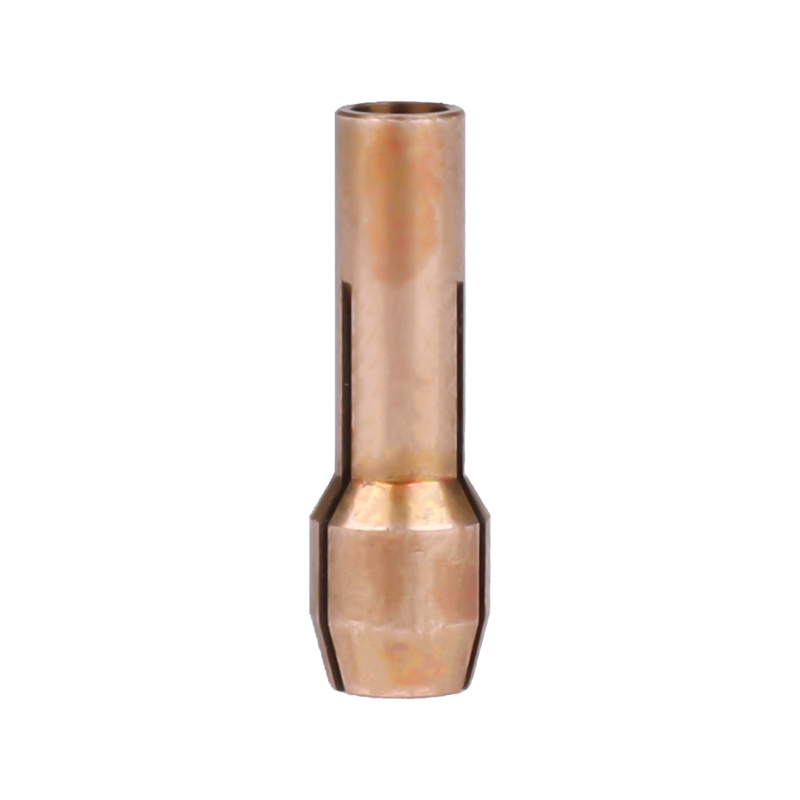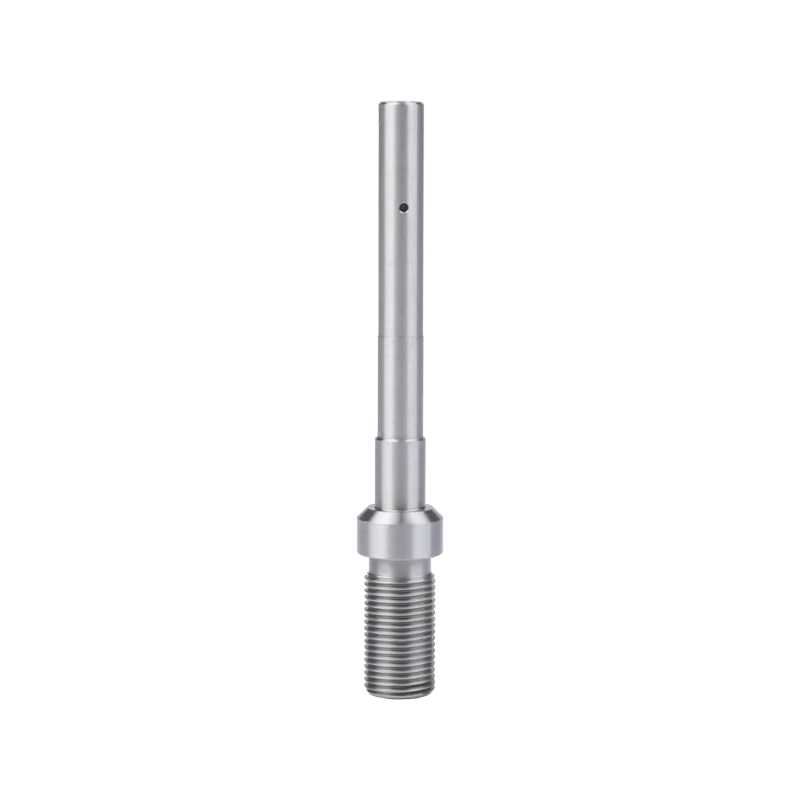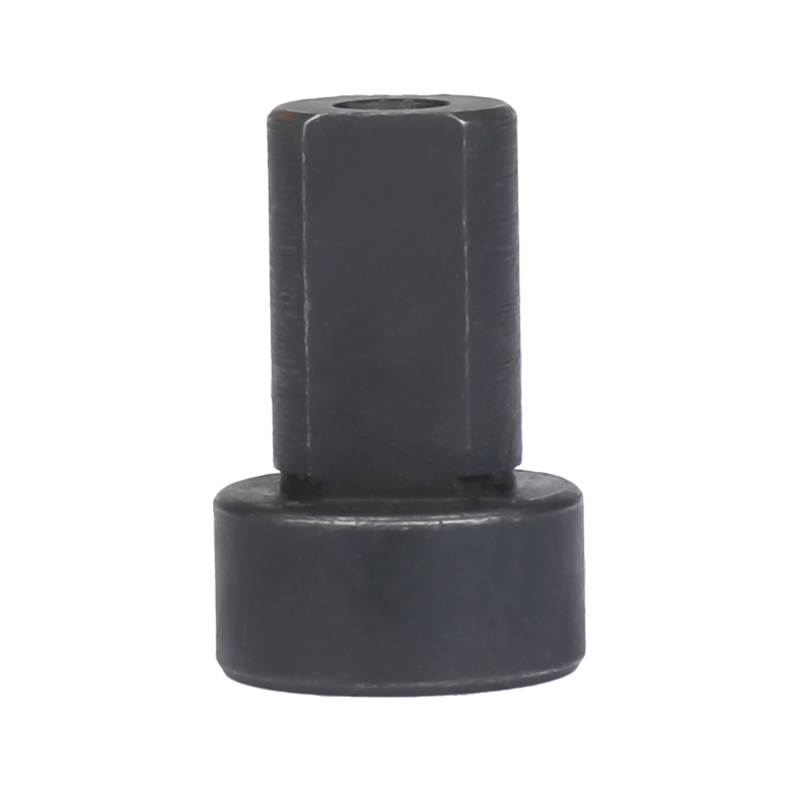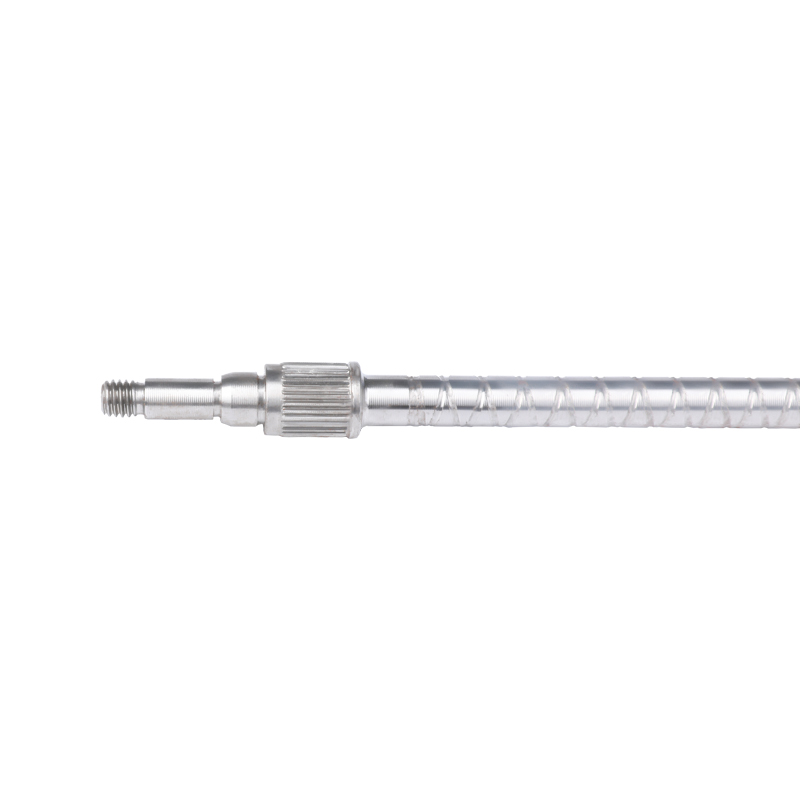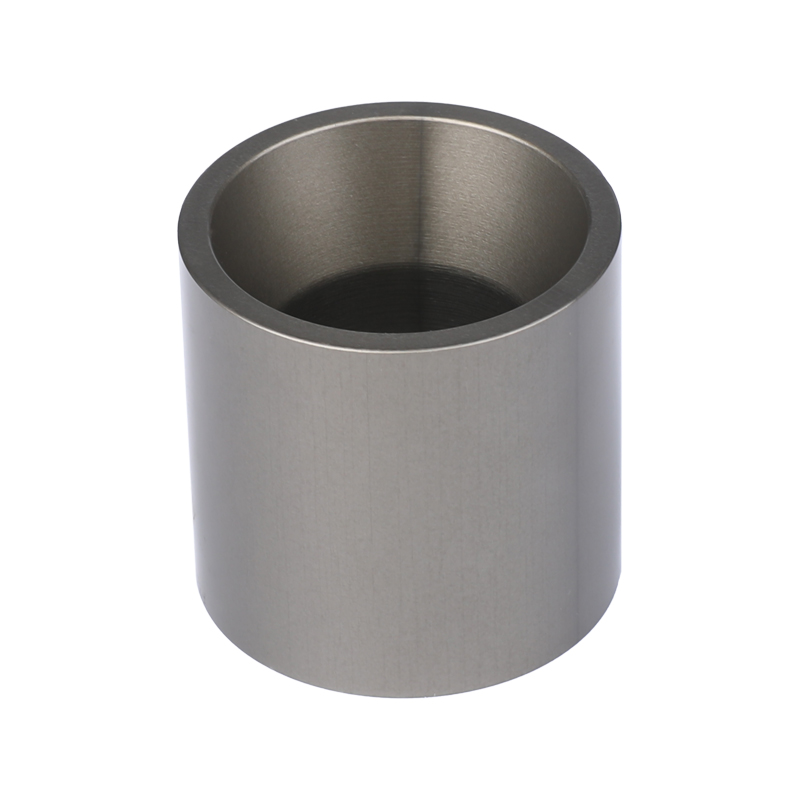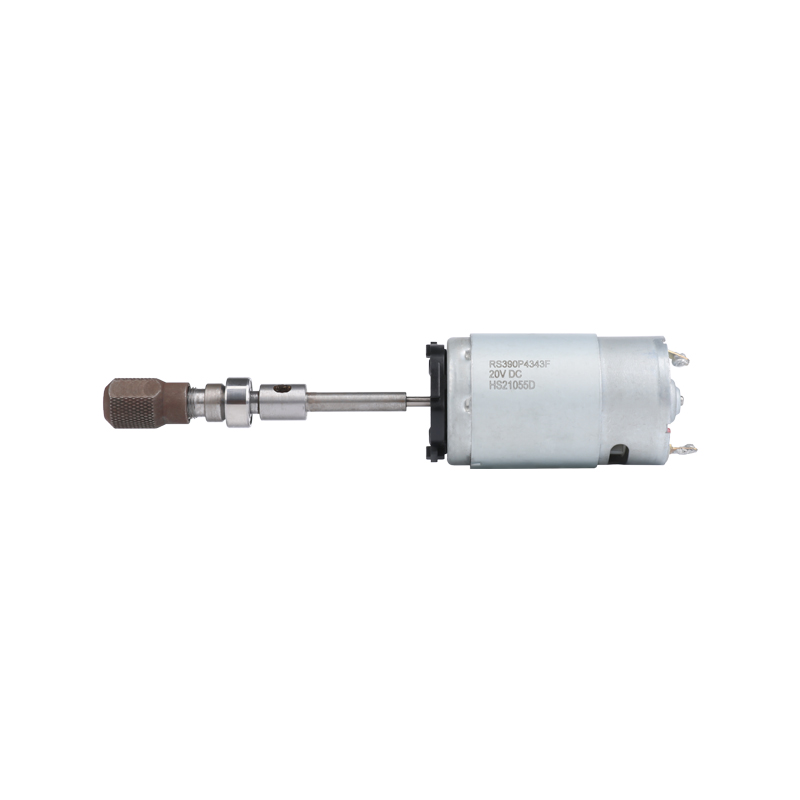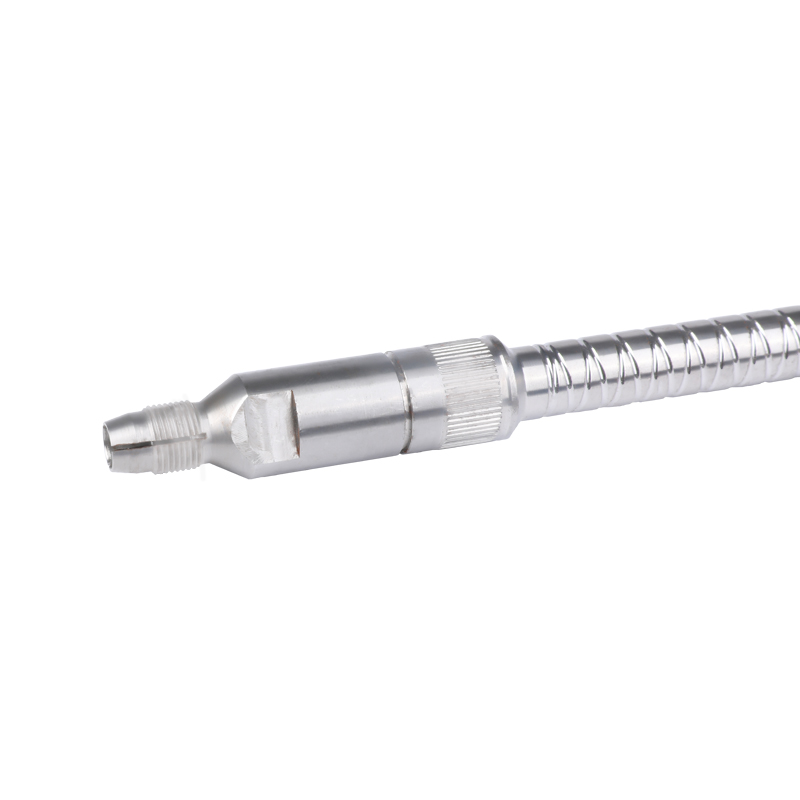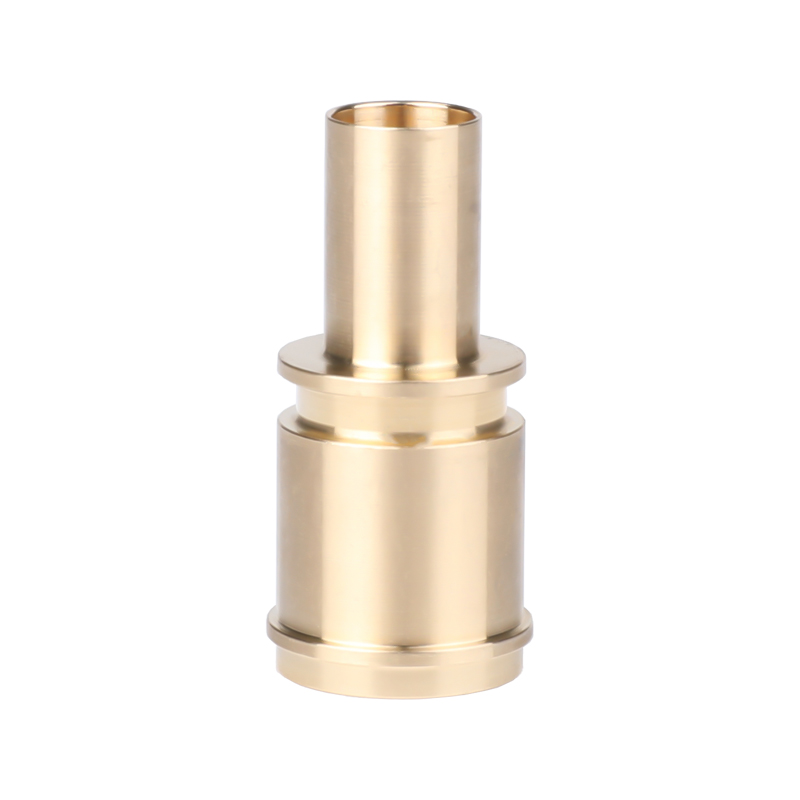In the field of mechanical manufacturing, embossed nuts are key fasteners, and their performance is directly related to the stability and reliability of the entire product system. As an important link in nut manufacturing, embossing aims to increase the friction between the nut and other components to prevent loosening, and the quality of embossing, especially the uniformity and depth accuracy of the pattern, plays a decisive role in the fastening effect of the nut in actual application. The rise of turning and milling composite precision processing technology has brought revolutionary changes to the embossing process of embossed nuts, significantly improving the product quality and performance of embossed nuts.
Turning and milling composite processing is not simply a fusion of turning and milling technology, but is based on an innovative cutting concept. In the embossing process of embossed nuts, this technology gives full play to its unique advantages. The turning and milling composite machine tool can accurately control the milling parameters through a multi-axis linkage system, among which the precise control of cutting speed and feed rate is particularly critical. The cutting speed determines the instantaneous cutting force and cutting heat when the milling cutter contacts the nut surface material, while the feed rate directly affects the moving distance of the milling cutter on the nut surface per unit time. By precisely controlling these two parameters, the machine tool can ensure that the formation of each pattern in the embossing process follows the preset standards, thereby achieving high-precision control of the embossing shape and size.
Traditional embossing processes often have many limitations. For example, when embossing is performed by simple mold stamping, the manufacturing accuracy of the mold itself may be biased, and the mold is prone to wear during multiple stamping processes, making it difficult to ensure the consistency of the embossing quality. At the same time, the uneven pressure distribution during the stamping process can easily cause the pattern on the surface of the nut to appear different in depth. Turning and milling composite processing is completely different. It constructs patterns point by point and line by milling, is not affected by mold wear, and can continuously and stably output high-quality embossing effects.
The embossed patterns produced by turning and milling composite processing have incomparable advantages in clarity and uniformity. Clear patterns mean that when the nut contacts other components, it can provide greater and more stable friction. When the nut is fastened to a bolt or other component, the uniform embossing pattern can evenly distribute the pressure on the contact surface to avoid local stress concentration. In contrast, the embossed patterns with different depths and unclearness under traditional processes not only cannot give full play to the role of friction, but may also cause damage to the nuts or matching parts due to excessive local force during use.
Depth accuracy is another important indicator for measuring embossing quality. With advanced CNC systems, turning and milling machine tools can control the embossing depth error within a very small range. Accurate depth control ensures that the fastening performance of embossed nuts is stable and reliable under various working conditions. In mechanical equipment with complex vibration environments, embossed nuts with precise depth can better resist the risk of loosening caused by vibration. Because the appropriate and precise embossing depth makes the bite between the nut and other components tighter, even under long-term and high-intensity vibration shocks, it can maintain a good fastening state, effectively reducing equipment failures caused by nut loosening and extending the service life of the equipment.
In addition, the flexibility of turning and milling composite processing is also difficult to achieve with traditional embossing processes. When facing embossed nuts of different specifications and materials, you only need to adjust the corresponding milling parameters in the CNC system, and the machine tool can quickly adapt to new processing requirements and complete a variety of embossing tasks. Whether it is the delicate embossed nuts in small electronic equipment or the larger nuts with high strength requirements on large mechanical equipment, turning and milling composite processing can be handled with ease, ensuring that each embossed nut has excellent embossing quality and meeting the stringent requirements of different industries for high precision and high performance of embossed nuts.

 English
English Español
Español 日本語
日本語 中文简体
中文简体